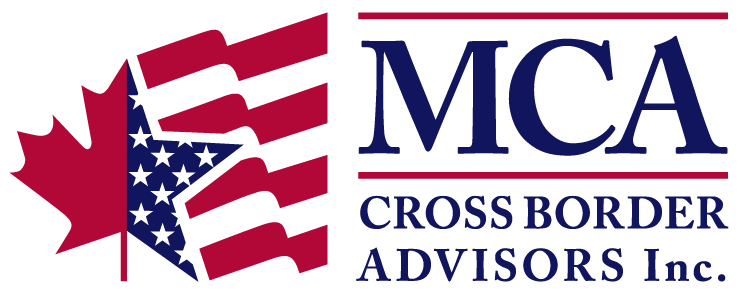Most Canadians have heard of the 401(k), a common retirement plan provided by US private-sector employers to their employees. Professionals such as medical doctors and professors working in the US, however, typically participate in the 403(b) and/or the even less well-known 457 retirement plan, rather than the 401(k).
The 403(b) plan is offered to employees by employers such as certain qualifying hospitals and educational institutions. The 403(b) allows employees to make pre-tax contributions to their retirement accounts, effectively reducing their taxable income. The growth in the account is tax-deferred, and income tax is levied only when funds are withdrawn from the account, typically upon retirement.
The 457 plan is similar to the 403(b) plan, and employers sometimes offer both plans to employees. One important distinction between the two plans is that the investment options available within each plan usually differ. Another important difference relates to the penalties for early withdrawal; for instance, in some circumstances, the 457 offers more flexibility for penalty-free early withdrawal. There are many additional distinctions between the two plans.
Choosing the optimal retirement plan can be challenging for Canadians who move to the US and are unfamiliar with the 403(b) and 457 plans. It is vital that Canadians understand their options when deciding whether they should contribute to one or both plans. Ultimately, the right choice depends on each client’s unique situation.
